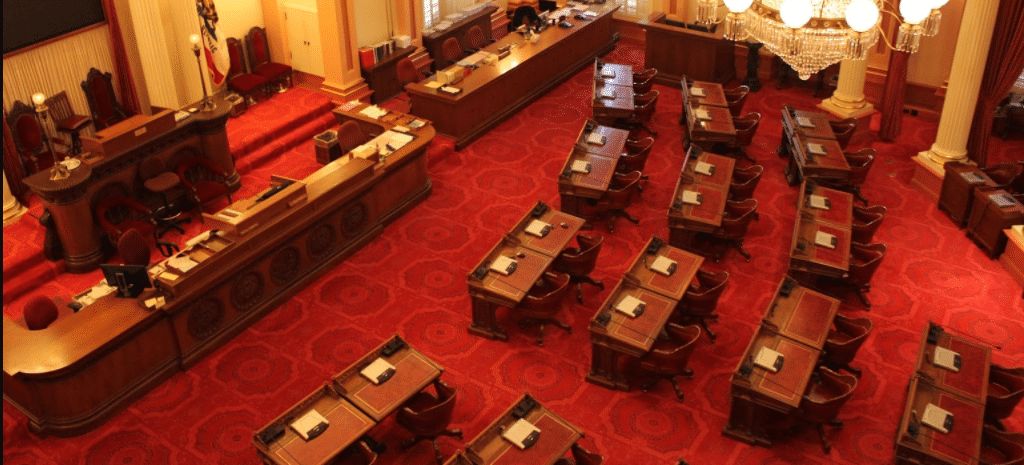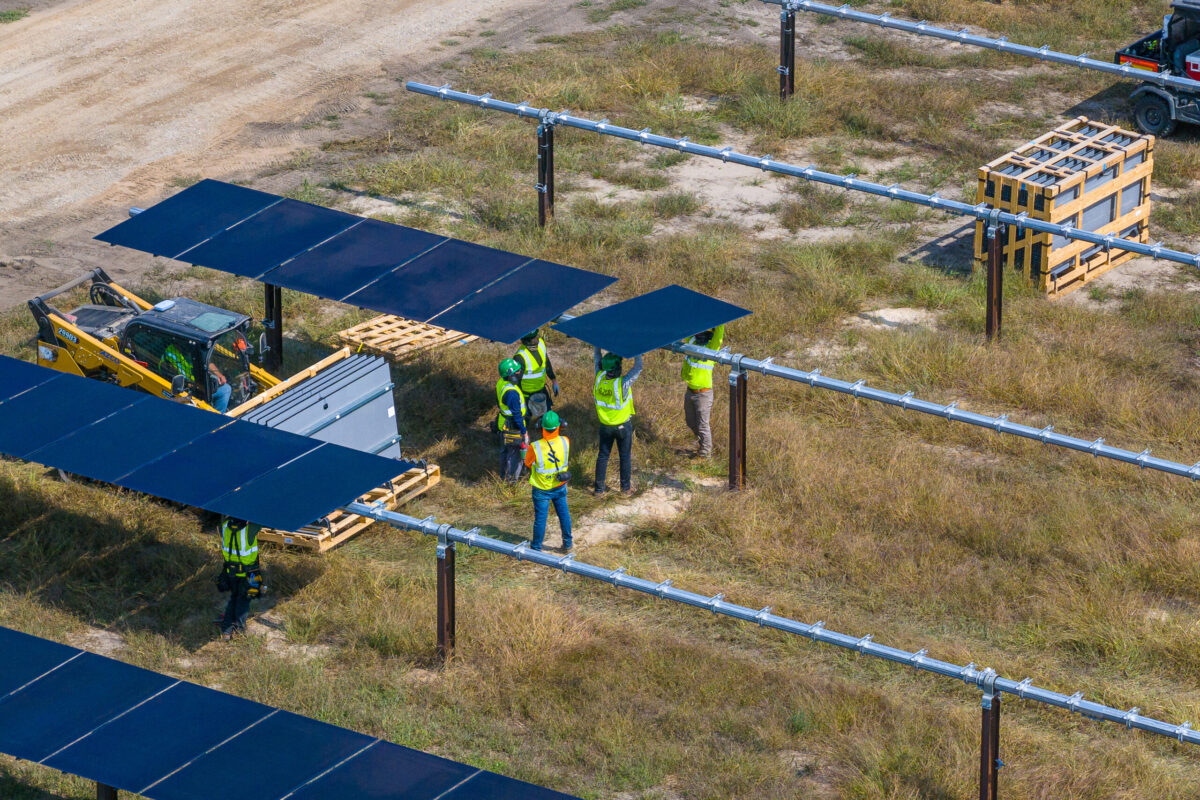As the costs of solar and wind fall, the effects of climate change become more apparent and immediate and the technical challenges of integrating higher levels of renewable energy become more understood and less daunting, governments are showing an increasing interest in setting increasingly ambitious mandates for renewable energy.
However, they are not always willing to approve specific measures to accelerate the energy transition, and many of the efforts where the rubber meets the road are stalling in indecision.
Both of these trends played out in the latest session of the California Legislature, which ended last Friday. Of four bills with significant consequences for renewable energy and energy storage, two passed and two failed to cross the finish line in time.
The bills:
- SB 100 – 100% zero-carbon electricity by 2045: SB 100 mandates that utilities procure 60% of their electricity by 2030 from renewable energy sources, accelerating California’s 50% by 2030 target. It then mandates that the remaining 40% be procured from zero-carbon sources by 2045.
- SB 700 – SGIP extension: SB 700 extends the Self Generation Incentive Program (SGIP) five years to 2025, with up to $800 million in additional funding to subsidize behind-the-meter energy storage systems.
- AB 813 – Grid regionalization: AB 813 would have set conditions for California to join a regional Western wholesale power market and grid governance structure, which would involve dissolving the California Independent System Operator (CAISO).
- AB 893 – Accelerated wind + solar procurement: AB 893 would have mandated that utilities procure 2.5 GW of wind and solar before the federal Investment Tax Credit (ITC) drops down to 10% and the Production Tax Credit (PTC) expires.
Targets, but not means
The first two of these bills – SB 100 and SB 700 – passed. AB 813 and AB 893 did not. Assuming that California Governor Jerry Brown (D) signs these bills – which is very likely – the state will be on a path to 100% zero-carbon electricity and the installation of up to 3,000 behind-the-meter energy storage systems.
However, with the failure of AB 813, the state’s progress towards integration in a regional Western grid has halted. This not only means that it will miss the opportunities for more efficient trading of electricity from renewable energy generation, but California will still be under the burden of a series of existing contracts signed by the state’s large utilities and out-of-state generators, which causes the state to import electricity even during the hours of maximum wind and solar generation (for more information on this issue see this article from pv magazine’s July print edition).
So while California is mandating 100% clean energy, the state has not yet shown the political will to take what may be a necessary step to getting there.
“A regional grid would have been a great boon for the effectiveness of all this new clean energy on California’s grid,” stated Lauren Navarro, Senior Policy Manager for California Clean Energy, Environmental Defense Fund (EDF). “Time will tell how this decision affects the ability of California to meet the goals of SB 100, build a thriving energy economy and a healthier environment.”
AB 813 also exposed deep rifts among clean energy advocates, with a host of advocacy organizations including EDF, Natural Resources Defense Council (NRDC), Western Resource Advocates and others pushing for the bill, and Clean Coalition and Sierra Club resisting it.
Lost opportunity for accelerated procurement
The state also lost the opportunity to take greater advantage of the ITC and PTC, with AB 893 stalling. The additional 2.5 GW of wind and solar that would have been procured over the next five years had this bill passed could have allowed utilities to pass on to their ratepayers the savings from accessing hundreds of millions of dollars in additional tax credits.
It would also have reversed a lull in large-scale solar going online caused by utilities over-procuring to meet their 2020 targets under the state’s renewable portfolio standard (RPS) policy.
The long view
However, in looking at what bills passed and what did not, it is important to note that all of these bills were introduced in early 2017, although AB 893 was focused on geothermal did not have the language about accelerated procurement until last month.
It has been a slog to get any of these measures through the California legislature, and SB 100 and SB 700 saw many setbacks and stalls over the last year and a half. Even in as progressive a state as California, it is still a battle to implement clean energy measures. In the case of AB 813, the division among clean energy advocates certainly did not help, and the bill may have simply been victim to concerns about California losing its autonomy in making policy decisions.
And while the additional storage that will be deployed through SB 700 will help, the result for many of the policy issues that are hindering integration of clean energy on California’s grid is impasse. At least, until the next legislative session.
This content is protected by copyright and may not be reused. If you want to cooperate with us and would like to reuse some of our content, please contact: editors@pv-magazine.com.









By submitting this form you agree to pv magazine using your data for the purposes of publishing your comment.
Your personal data will only be disclosed or otherwise transmitted to third parties for the purposes of spam filtering or if this is necessary for technical maintenance of the website. Any other transfer to third parties will not take place unless this is justified on the basis of applicable data protection regulations or if pv magazine is legally obliged to do so.
You may revoke this consent at any time with effect for the future, in which case your personal data will be deleted immediately. Otherwise, your data will be deleted if pv magazine has processed your request or the purpose of data storage is fulfilled.
Further information on data privacy can be found in our Data Protection Policy.